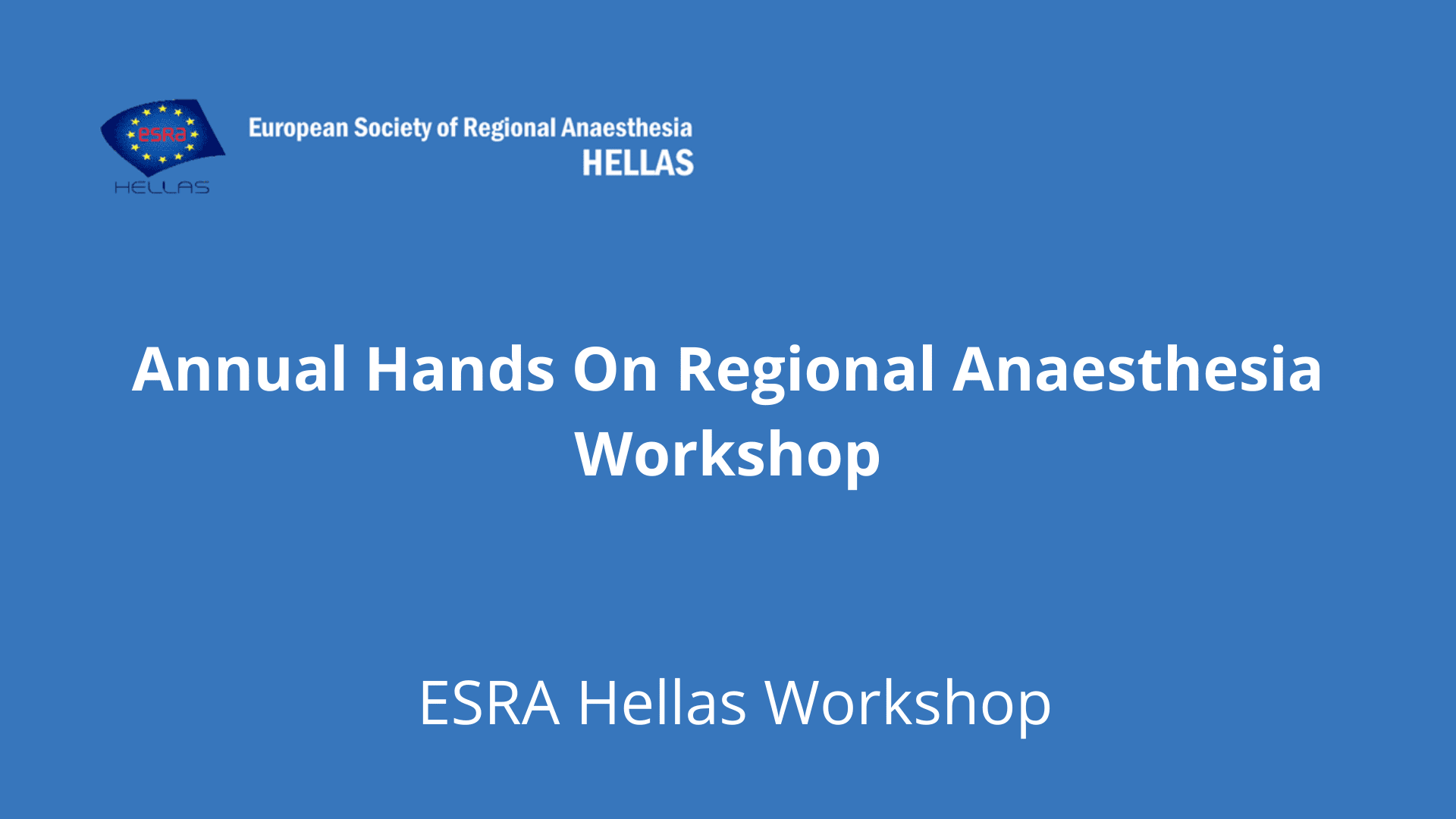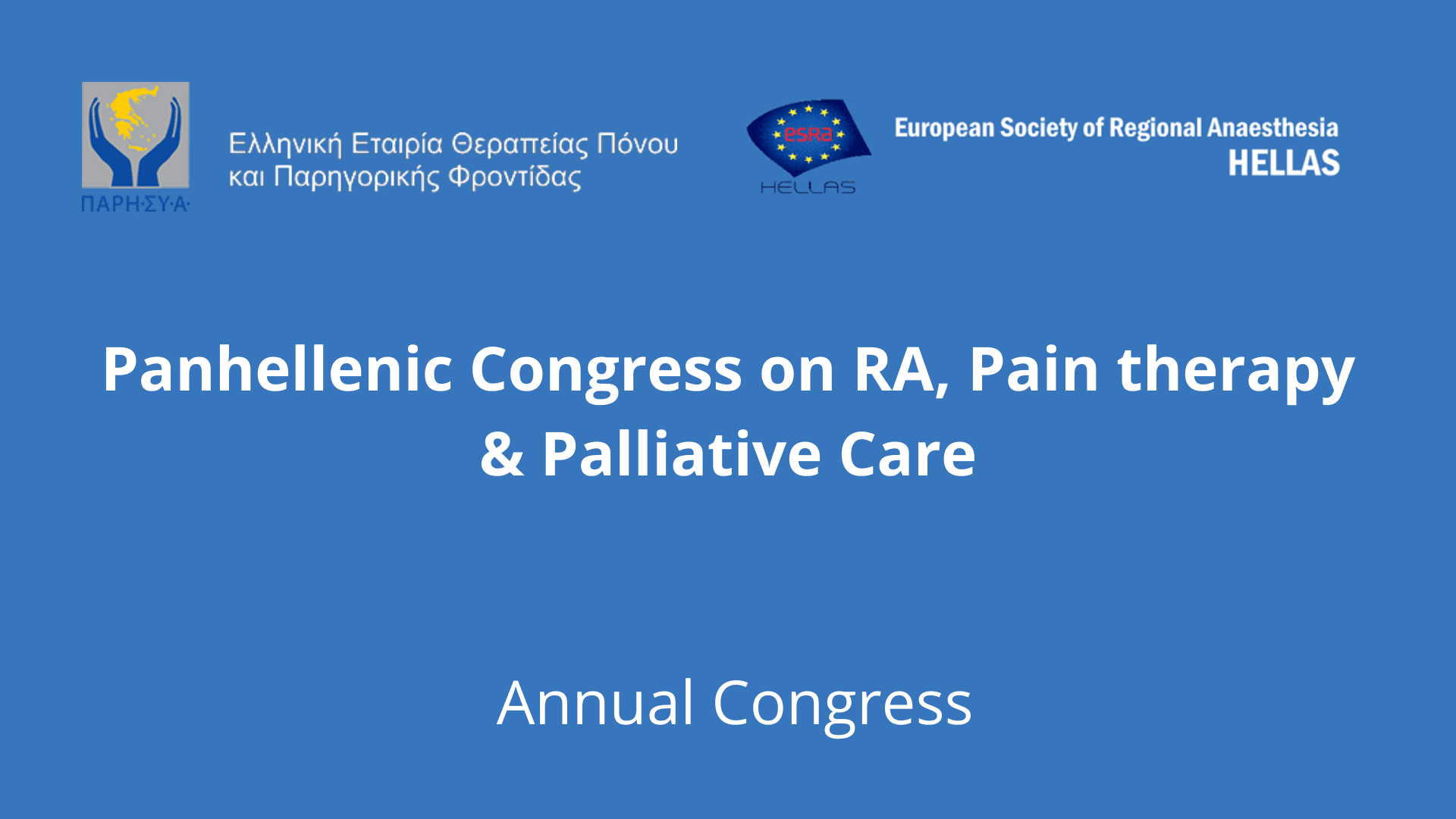Total Knee Arthroplasty

Total Knee Arthroplasty – PROSPECT
GUIDELINES – RECOMMENDATIONS
Procedure Specific Postoperative Pain Management
GUIDELINES – RECOMMENDATIONS
Procedure Specific Postoperative Pain Management
TOTAL KNEE ARTHROPLASTY
SUMMARY RECOMMENDATIONS
Algorithm for the Management of Postoperative Pain: click here
Patient Advice and Assessment: click here
Topics for Future Research – Future Directions:
In certain circumstances, recommendations for a type of treatment cannot be made due to limited or conflicting evidence. Areas which have been identified as requiring further investigation in the future, in the area of Total Knee Arthroplasty are listed:
- Pre-operative corticosteroids
- Alpha-2-delta subunit ligands (gabapentinoids)
- Peri-operative ketamine
- Single injection versus continuous infusion peripheral nerve block
- Combination femoral and sciatic/obturator nerve block
- Intra-articular/incisional techniques
- Pre- versus post-incisional administration of various agents
- Dose- and duration-dependent effects of conventional NSAIDs and COX-2-selective inhibitors on bone healing
- Combination of conventional NSAIDs with regional analgesic techniques
- Combination of COX-2-selective inhibitors with regional analgesic techniques
PROSPECT TOTAL KNEE ARTHROPLASTY SUBGROUP
For each review, a Subgroup of the PROSPECT Working Group performs an initial evaluation of the evidence and also drafts clinical practice statements and recommendations, which are then discussed by the whole Working Group before a final consensus is reached. The Subgroup may sometimes include a non-Working Group member, to provide additional expertise in the procedure being reviewed
For the total knee arthroplasty review, the Subgroup members were:
- Dr Christian Simanski
- Dr Barrie Fischer
GRADES OF RECOMMENDATION
Recommendations are graded according to the overall level of evidence (LoE) on which the recommendations are based, which is determined by the quality and source of evidence: (Levels of Εvidence and Grades of Recommendation in PROSPECT reviews from 2006).
PROSPECT provides clinicians with supporting arguments for and against the use of various interventions in postoperative pain based on published evidence and expert opinion. Clinicians must make judgements based upon the clinical circumstances and local regulations. At all times, local prescribing information for the drugs referred to must be consulted.
SUMMARY RECOMMENDATIONS
Pre-, intra- and postoperative interventions have been evaluated for the management of postoperative pain following total knee arthroplasty. Unless otherwise stated, ‘pre-operative’ refers to interventions applied before surgical incision, ‘intra-operative’ refers to interventions applied after incision and before wound closure, ‘postoperative’ refers to interventions applied at or after wound closure. The following peri-operative interventions for total knee arthroplasty have been reviewed.
INTERVENTIONS RECOMMENDED BY PROSPECT
PREOPERATIVE PERIOD
Preoperative recommended
Regional Analgesia:
- Femoral nerve block (Grade A)
- Spinal LA + opioid (but not as the first choice, Grade D)
(Grade D) - Morphine is recommended as the opioid (Grade A)
INTRAOPERATIVE PERIOD
Intraoperative recommended
Regional Analgesia / Anaesthesia:
- GA + femoral nerve block (Grade D) or
- Spinal LA + femoral nerve block (Grade D) or
- Spinal LA + morphine (but not as the first choice, Grade D
POSTOPERATIVE PERIOD
Postoperative recommended
Αναλγησία Συστηματικά
- Conventional NSAID/COX-2-selective inhibitors (Grade A) +
strong opioids (Grade A), titrated to effect (for high intensity pain) + paracetamol (Grade B) - Conventional NSAID/COX-2-selective inhibitors (Grade A) +/-
weak opioids (Grade B), titrated to effect (for moderate or low intensity pain) + paracetamol (Grade B)
Regional Analgesia
- Femoral nerve block (Grade A)
Continuous Passive Motion
- for reasons other than analgesia (Grade A)
Intensive Rehabilitation
- for reasons other than analgesia (Grade D)
INTERVENTIONS NOT RECOMMENDED BY PROSPECT
Pre-operative not recommended
·Systemic analgesia:
- Alpha-2-delta subunit ligands (gabapentinoids) (Grade D), due to a lack of procedure-specific evidence
- Conventional NSAIDs (Grade B) because of limited procedure-specific evidence and increased risk of bleeding
- Corticosteroids (Grade D) due to a lack of procedure-specific evidence (may be used for reasons other than postoperative analgesia)
- NMDA antagonists
- Dextromethorphan (Grade D) due to inconsistent evidence of analgesic effects
- Ketamine (Grade D) because of limited procedure-specific evidence
- Strong opioids (Grade D) due to a lack of evidence for analgesic benefit over postoperative administration
·Peripheral nerve blocks:
- Combination femoral and obturator block (Grade D) because of limited procedure-specific evidence
- Combination femoral and sciatic nerve block (Grade D) because of limited and inconsistent procedure-specific evidence
- Lumbar plexus block (posterior approach) (Grade D), as femoral nerve block is equally effective and is associated with fewer complications
- Alpha-2-adrenoceptor agonists (clonidine, epinephrine), as part of the LA solution in peripheral nerve blocks (Grade A) due to a lack of efficacy in procedure-specific studies
·Epidural:
- LA and/or opioid (Grade B) due to an increased risk of adverse events and no improvement in analgesia compared with femoral nerve block
- Ketamine (as adjuvant to epidural) (Grade B) due to side-effects and inconclusive analgesic efficacy
- Tramadol (as adjuvant to epidural) (Grade B) because of insufficient analgesia
·Spinal:
- Neostigmine (Grade D) because of side-effects and limited procedure-specific evidence
- Clonidine (Grade D) because of limited and inconsistent procedure-specific evidence
·Intra-articular techniques (Grade D) because of inconsistent evidence
·Physical therapy (Grade D) based on postoperative analgesic effects alone
Intra-operative not recommended
·Systemic analgesia:
- NMDA antagonists
- Dextromethorphan (Grade D) because of inconsistent analgesia
- Ketamine (Grade D) due to limited procedure-specific evidence
- Weak opioids (Grade D) due to lack of evidence for analgesic benefit over postoperative administration
·Peripheral nerve blocks administered intra-operatively (Grade D)
·GA or spinal anaesthesia without any local or regional analgesic technique (Grade D)
·Epidural anaesthesia (Grade D) because postoperative epidural analgesia is not recommended
·Intra-articular techniques (Grade D) because of inconsistent analgesia
·Drains (Grade A) due to lack of analgesic and other recovery benefits
Postoperative not recommended
·Systemic analgesia:
- Alpha-2-delta subunit ligands (gabapentinoids) (Grade D) due to lack of procedure-specific evidence
- Clonidine (Grade D) because of limited procedure-specific evidence
- IV ketamine infusion (Grade D) because of limited procedure-specific evidence
- IM administration of strong opioids (Grade B) due to unfavourable pharmacokinetics, injection-associated pain and patient dissatisfaction
- Weak opioids for high intensity pain (Grade D) due to insufficient analgesic efficacy
- Paracetamol alone for high intensity pain (Grade D) due to insufficient analgesic efficacy
·Peripheral nerve blocks:
- Combination femoral and obturator block (Grade D) because of limited procedure-specific evidence
- Combination femoral and sciatic nerve block (Grade D) because of limited and inconsistent procedure-specific evidence
- Lumbar plexus block (posterior approach) (Grade D), as femoral nerve block is equally effective and is associated with fewer complications
- Alpha-2-adrenoceptor agonists (clonidine, epinephrine), as part of the LA solution in peripheral nerve blocks (Grade A) due to a lack of efficacy
·Epidural:
- LA and/or opioid (Grade B) due to an increased risk of adverse events and no improvement in analgesia compared with femoral nerve block
- Ketamine (as adjuvant to epidural) (Grade B) due to side-effects and inconsistent analgesic efficacy
- Tramadol (as adjuvant to epidural) (Grade B) because of insufficient analgesia
·Intra-articular techniques (Grade D) because of inconsistent analgesia
·TENS (Grade B) due to limited procedure-specific evidence suggesting a lack of benefit






